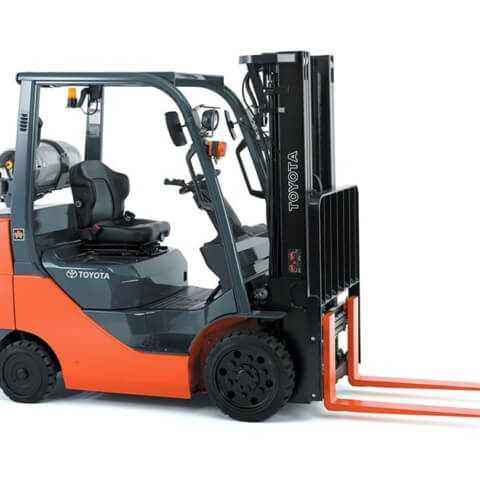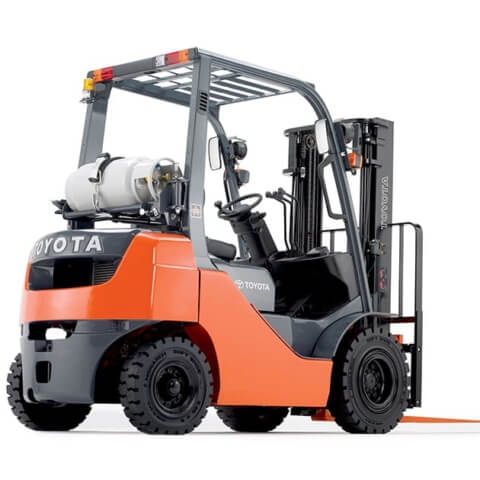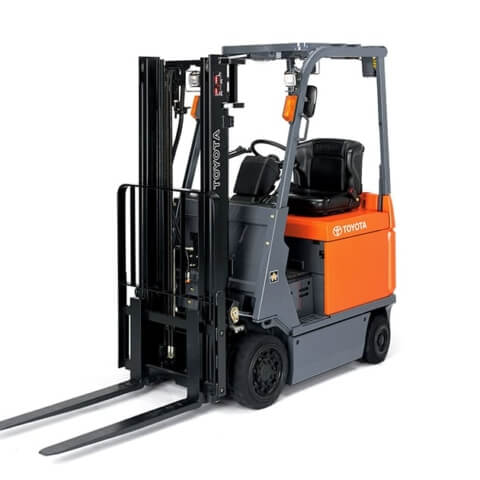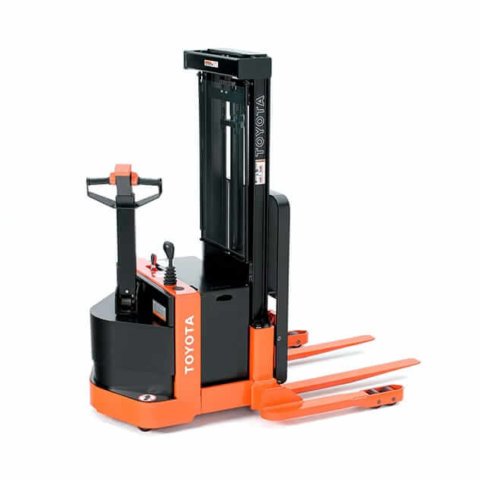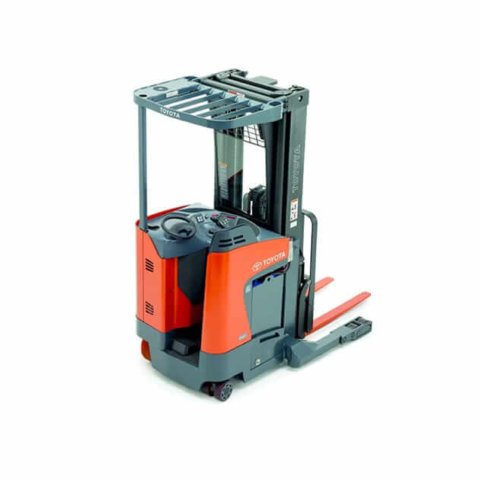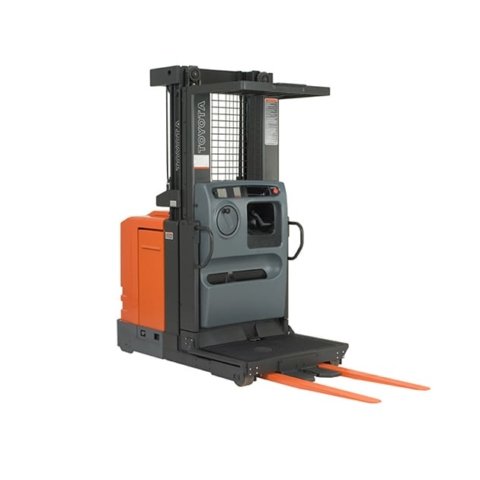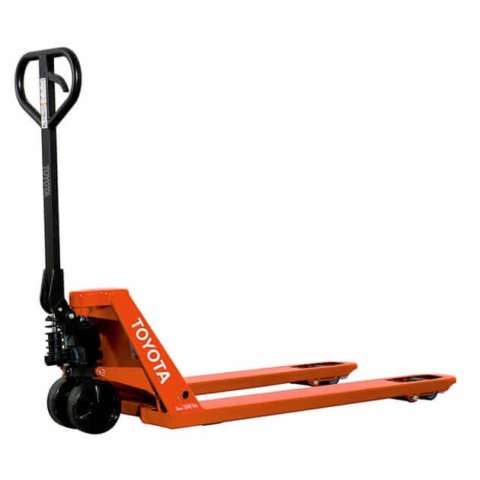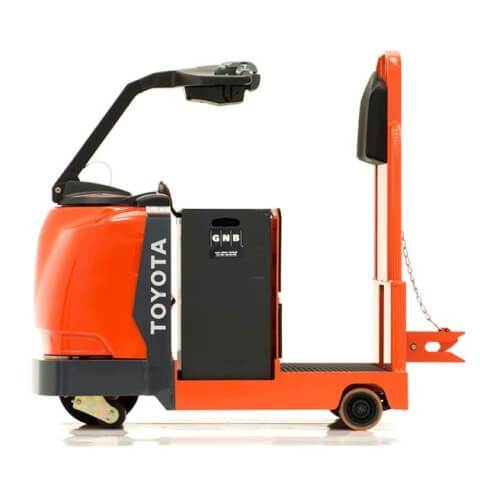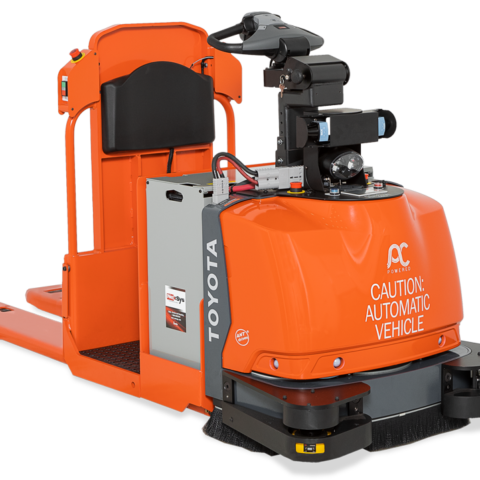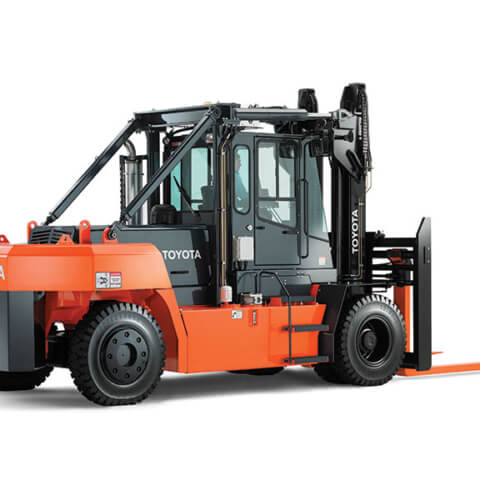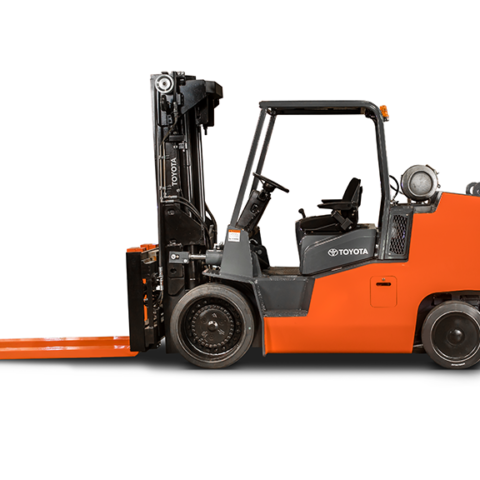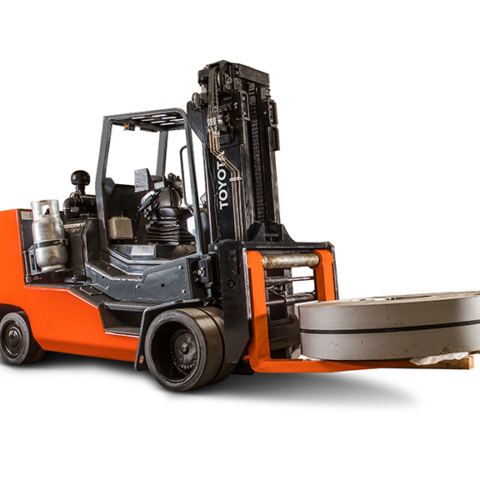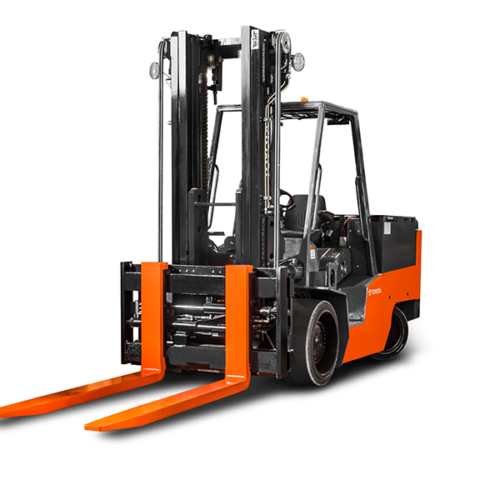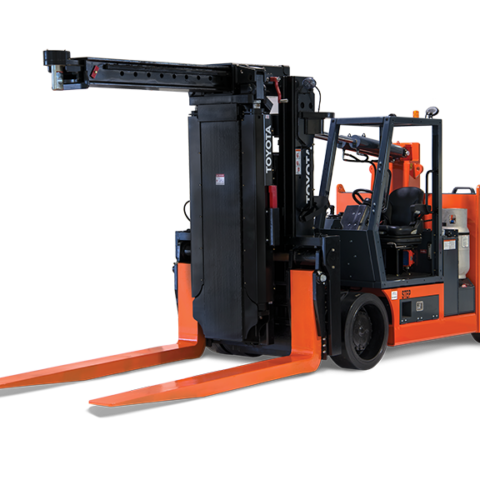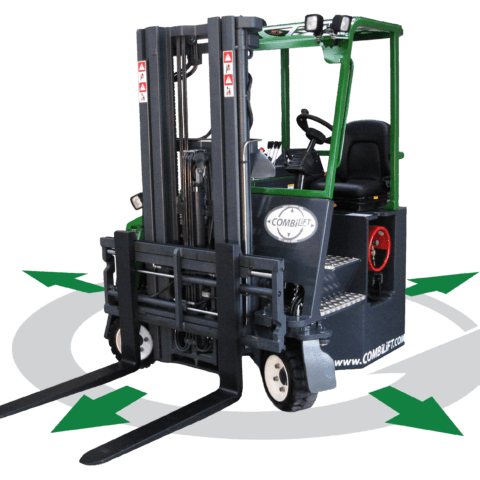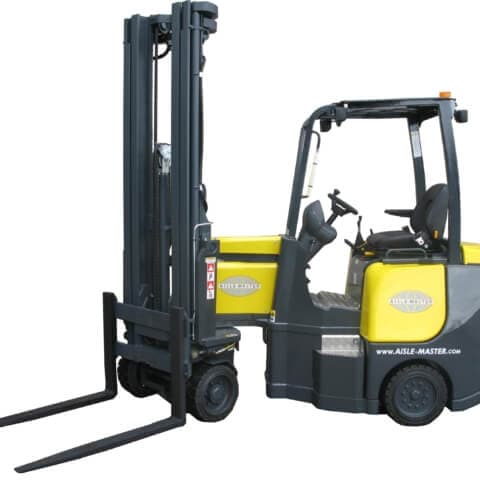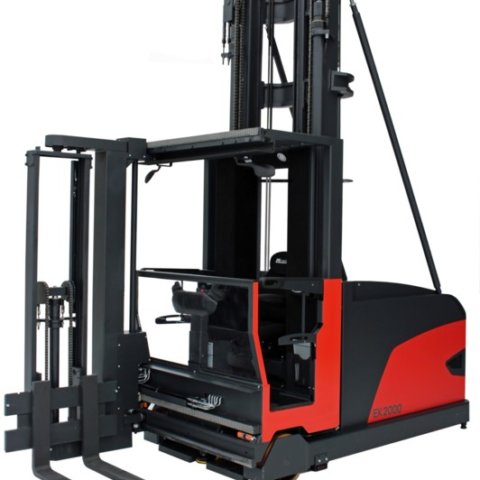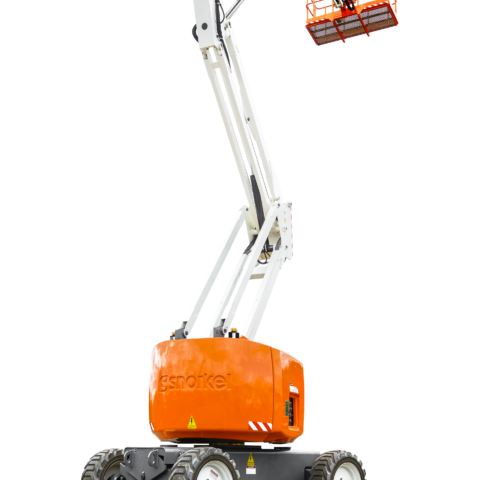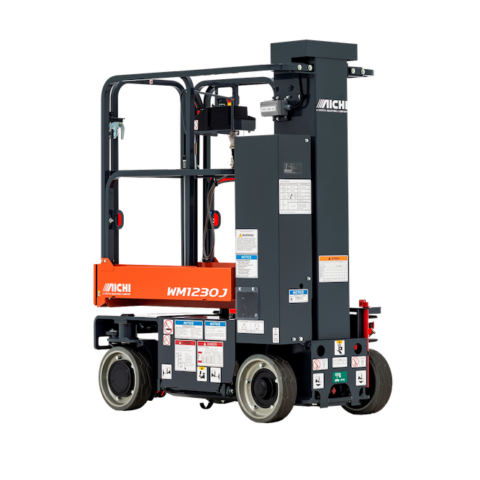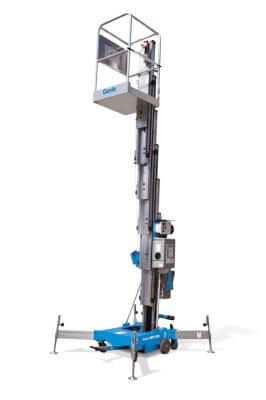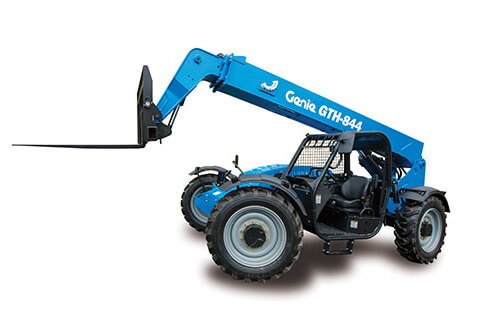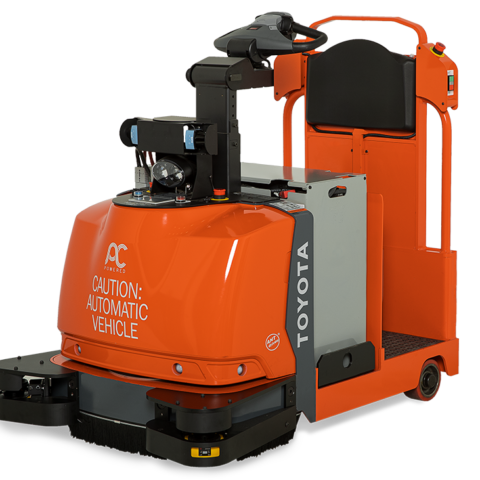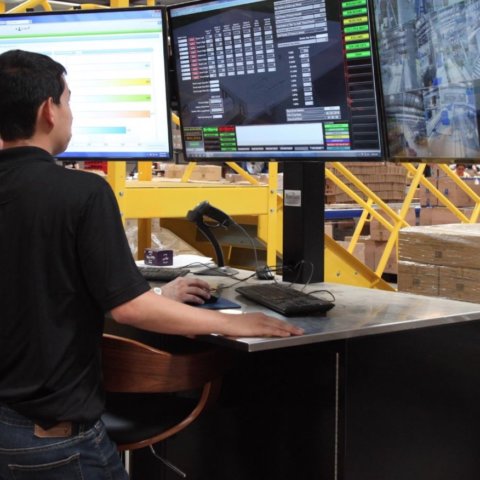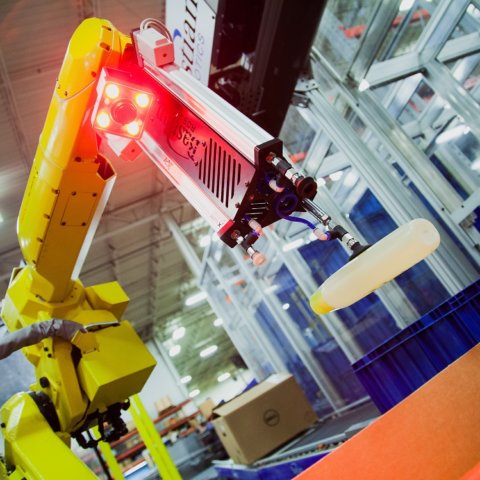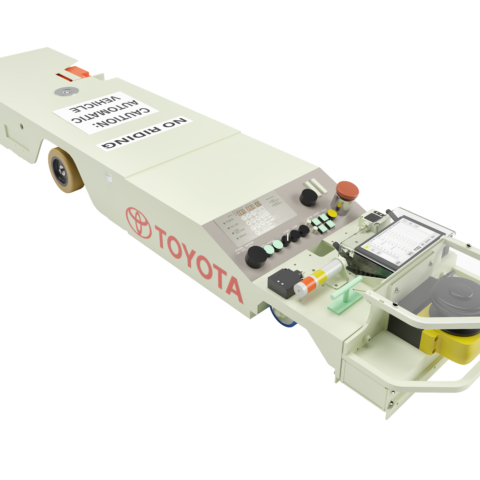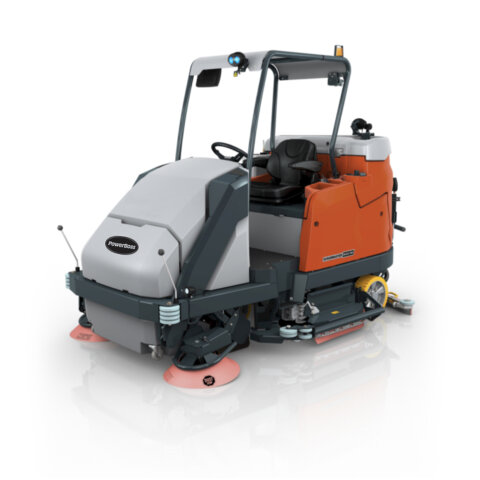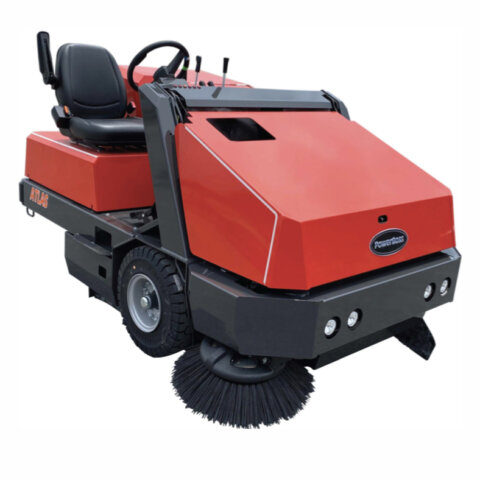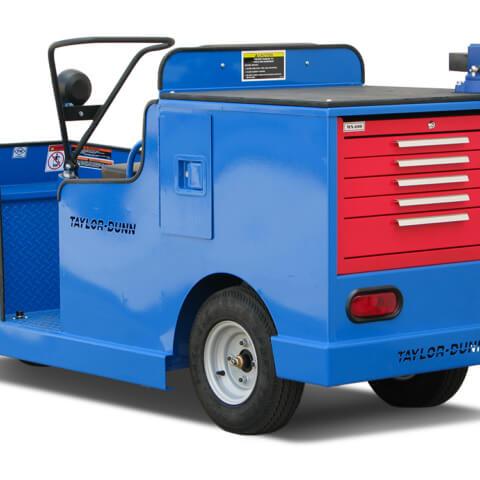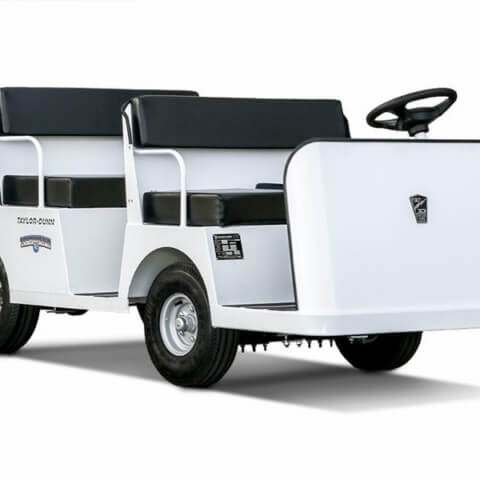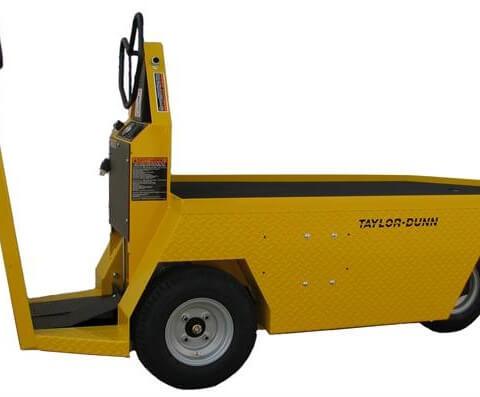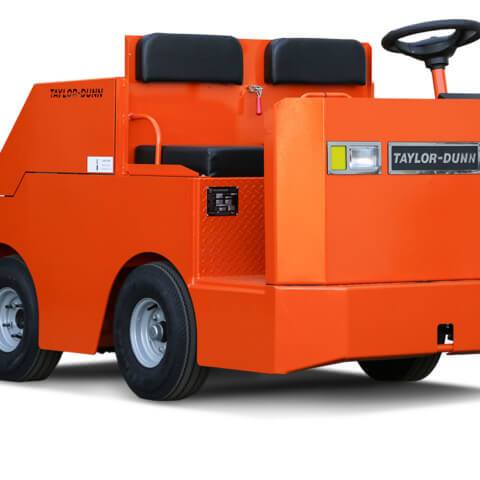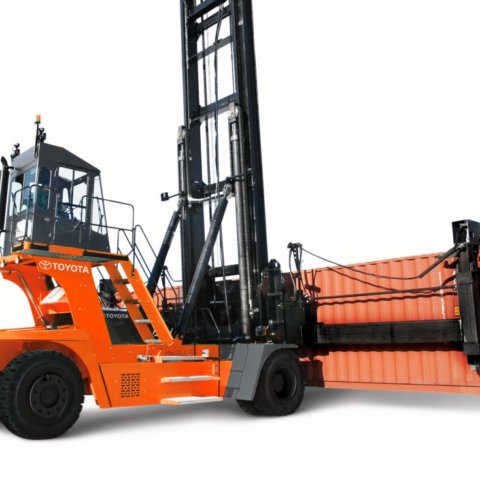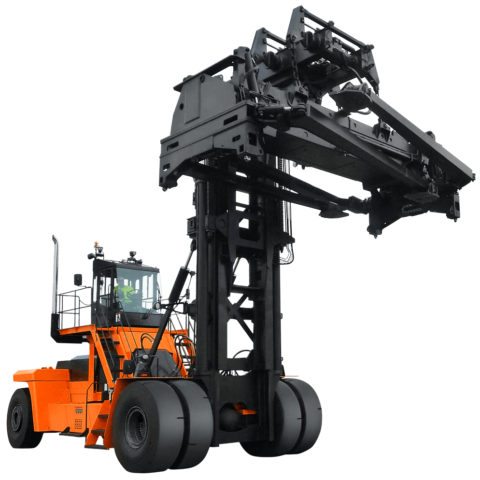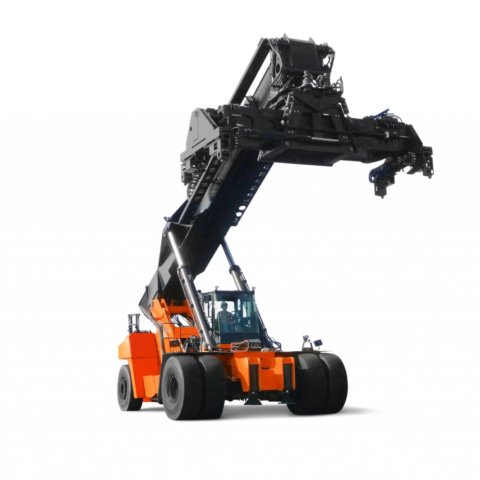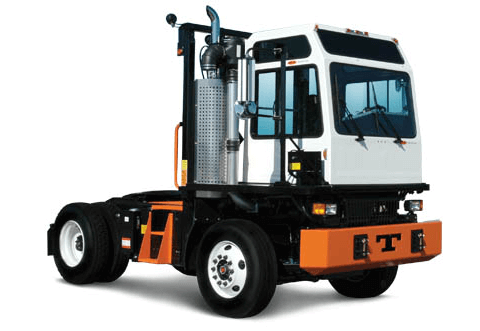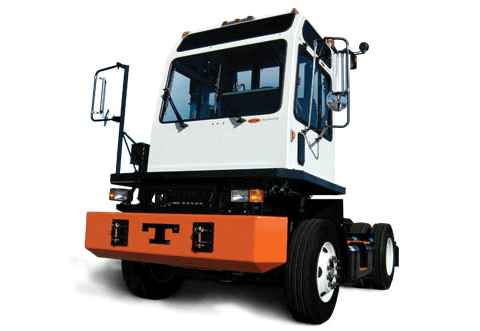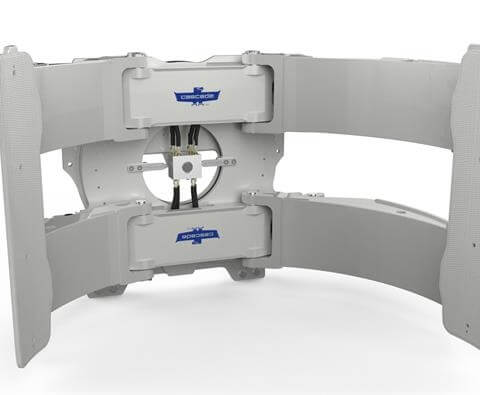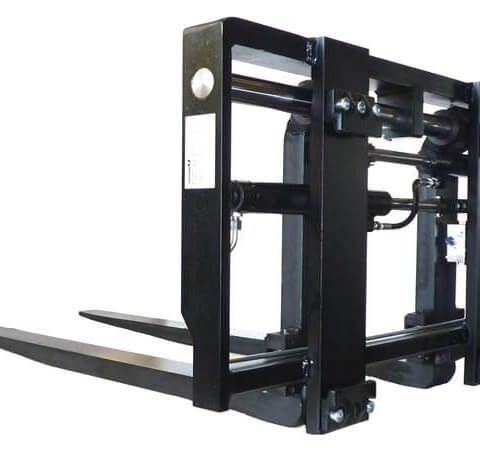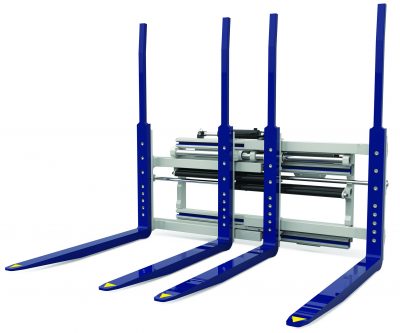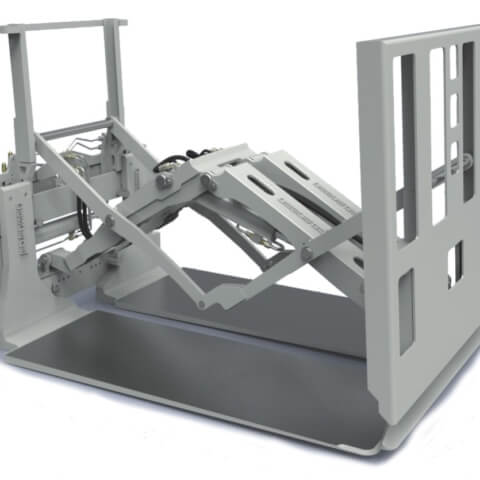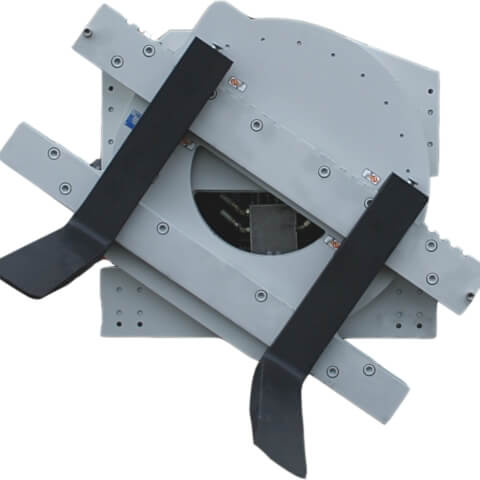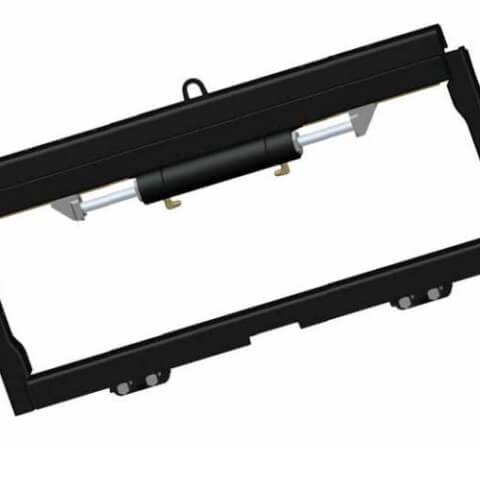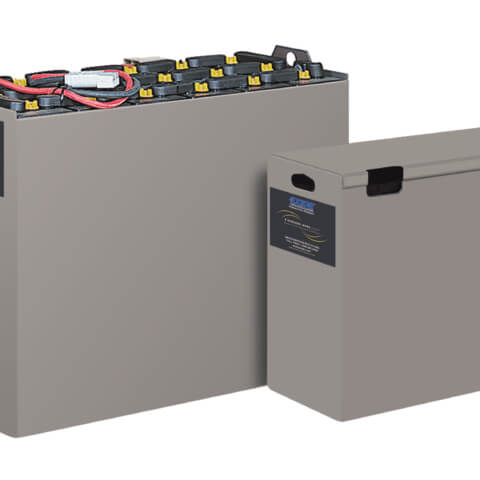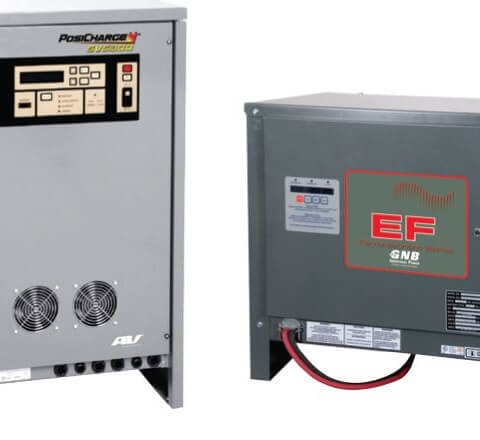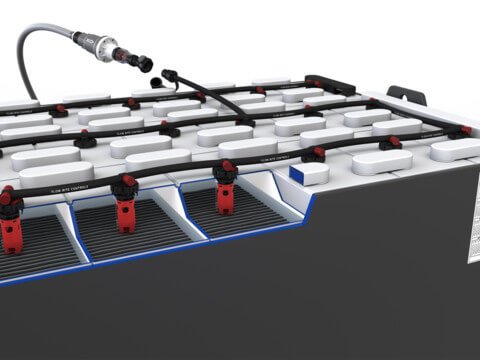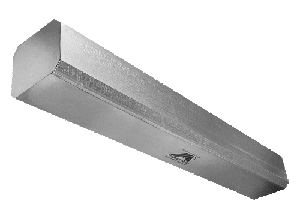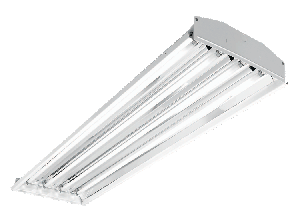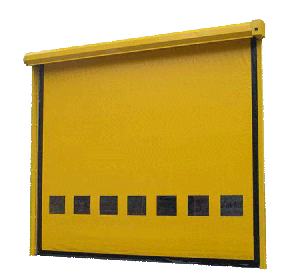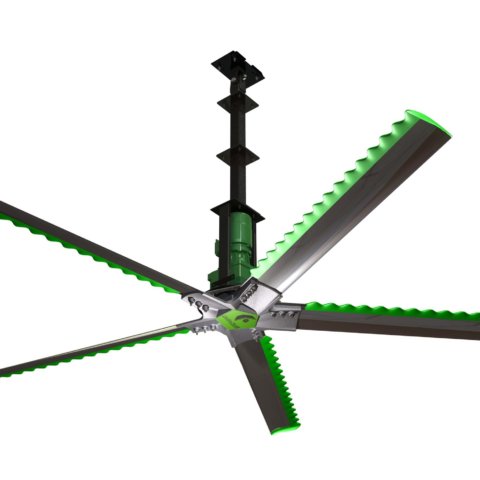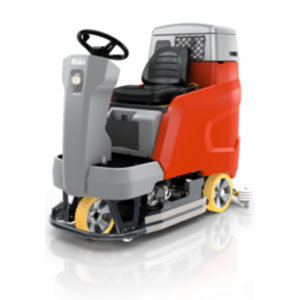
Companies put in hours of labor throughout the year to maintain clean warehouse floors. In addition to covering the area twice – once with a broom, once with a mop – the level of cleanliness is questionable. After a few swipes of the mop on the floor, the bucket’s water turns dark and now you’re slinging dirty water. For companies looking to cut down on dirt and labor costs, an industrial floor scrubber has been the answer.
Is an Industrial Floor Scrubber Right for Your Company?
While the amount varies, all warehouses produce dust and debris. If large dust clouds are produced with the action of sweeping, whether that’s with a broom or industrial sweeper, the better solution is an industrial floor scrubber. This equipment includes water tanks that wet the area to capture more dust.
Using water alone in the tank is sufficient; however, in some warehouses, walking paths can go unnoticed because the floors are so dirty. Upgrading to a degreaser provides additional sterilization. These solutions are crafted as low-, mid- and high-level formulas and are selected based on the material found on the warehouse floor.
In addition to cleaner floors, a scrubber also improves air quality by removing settled dust that is kicked up by employees and forklifts. Employees appreciate working in a cleaner, healthier environment, whereas the alternative has a negative effect on morale.
Selecting an Industrial Floor Scrubber
Selecting which industrial floor scrubber is best for your warehouse begins with knowing the total square footage of the cleaning area. Keep in mind this total may differ greatly from the actual square footage of the warehouse after considering areas covered by equipment, storage, etc.
Understanding your cleaning schedule and how much area is cleaned daily is another important consideration. While some companies choose to clean the entire area, others designate portions to complete over the week.
Time is also a factor. A walk-behind scrubber’s pace will be based on the individual operator. If your warehouse is large, a ride-on model may be the better option for time-savings.
Lastly, companies often overlook operator preference. If an operator doesn’t have a comfort level with a ride-on scrubber or reversely, doesn’t want to push a walk-behind, the equipment may not be used consistently.
Return on Investment
To justify the investment of an industrial floor scrubber, begin with an outline of the number of employees and the time spent by each to clean the warehouse with a mop and broom. After demoing and selecting the scrubber best for your application, a sales consultant can help factor return on investment.
Adding a scrubber to your equipment fleet saves time – and this translates into your operator having more hours to focus on daily priorities. Who isn’t happy to toss the mop?
Request QuoteAt ProLift, our commitment to you extends far beyond the initial equipment purchase. Count on us for comprehensive support, including equipment rentals, maintenance agreements, service repairs, parts and financing.

